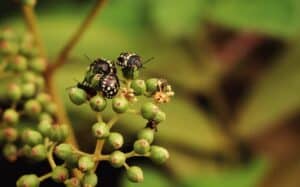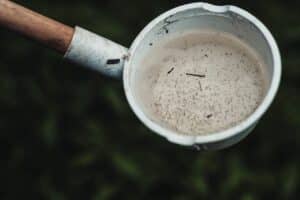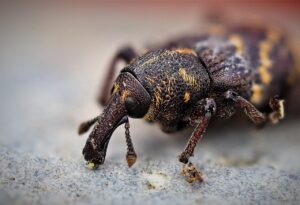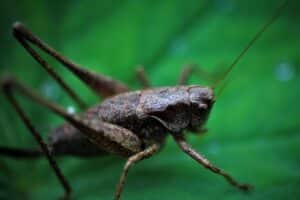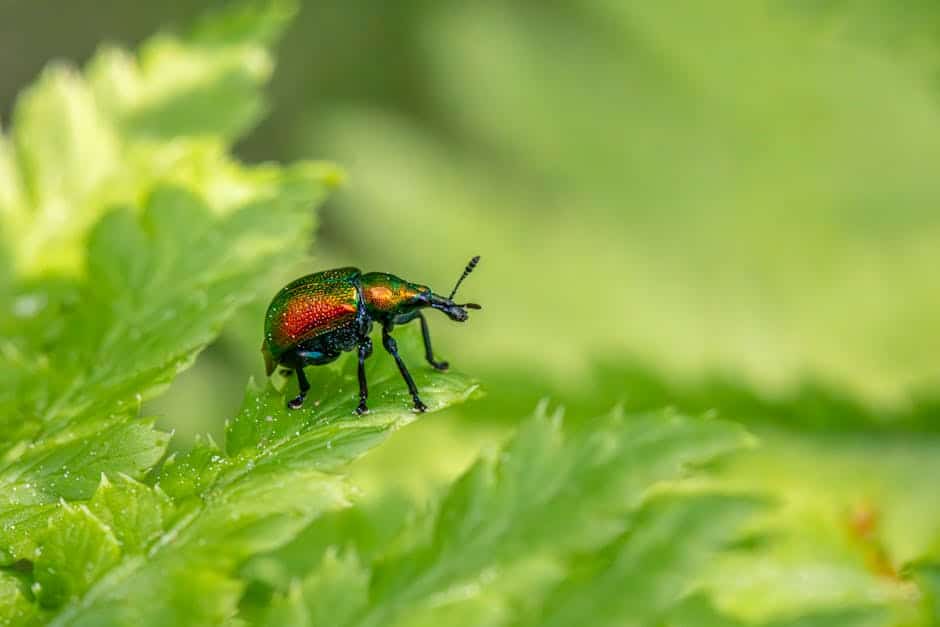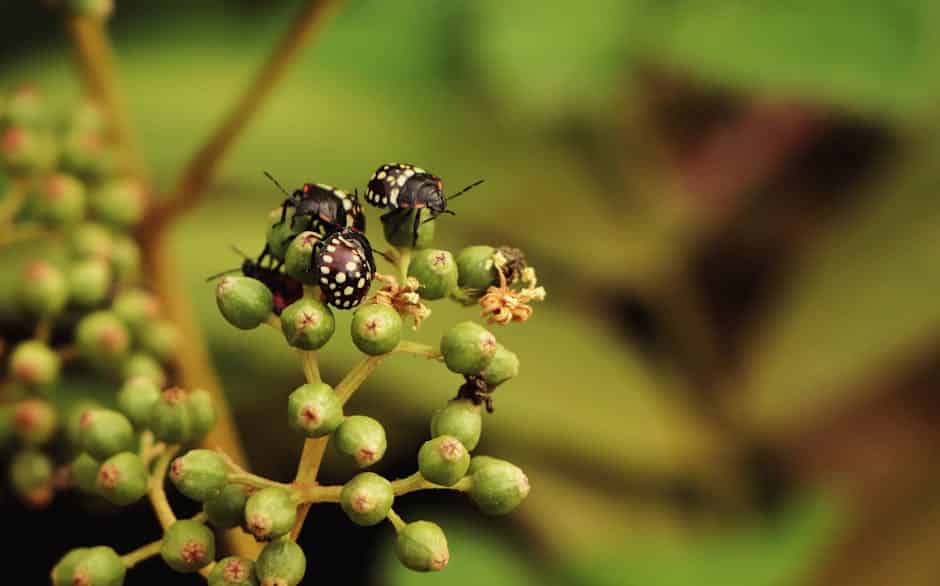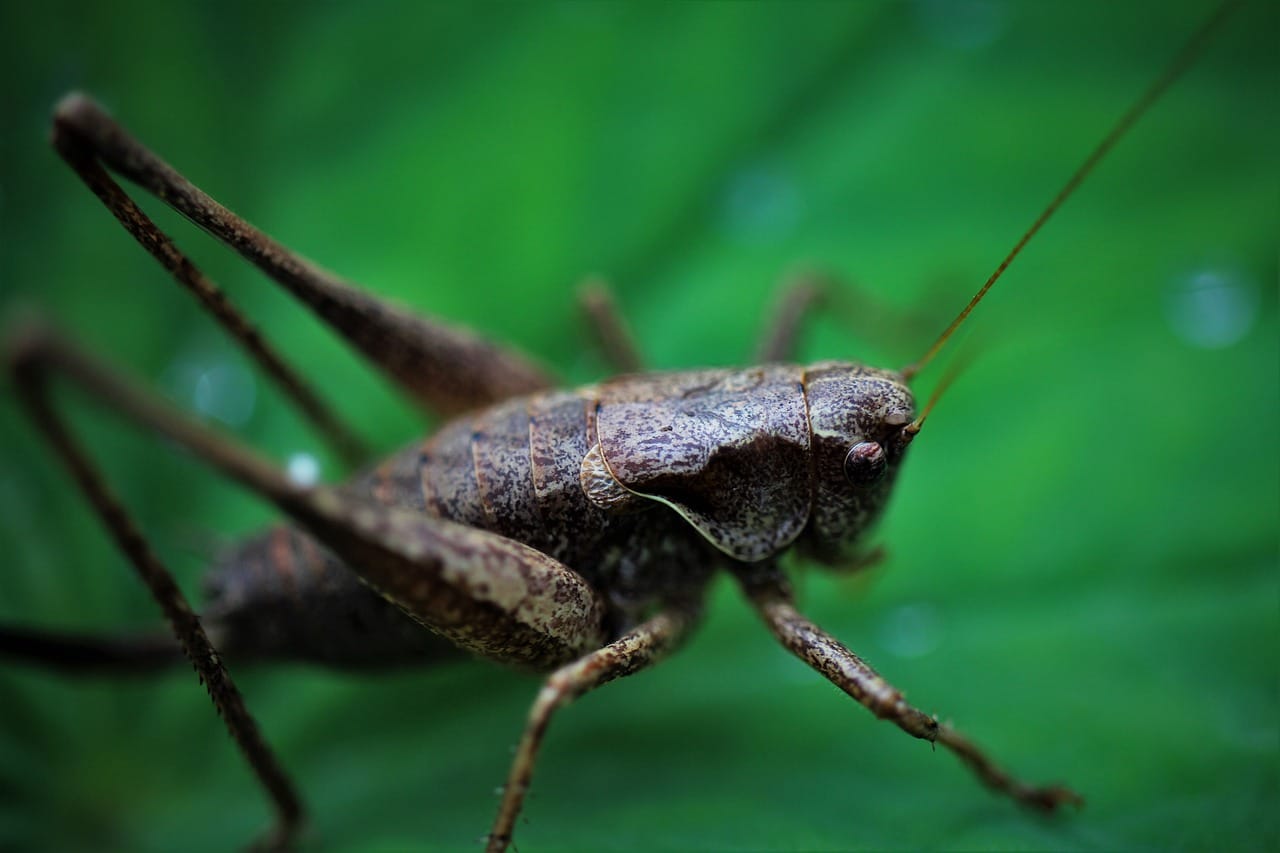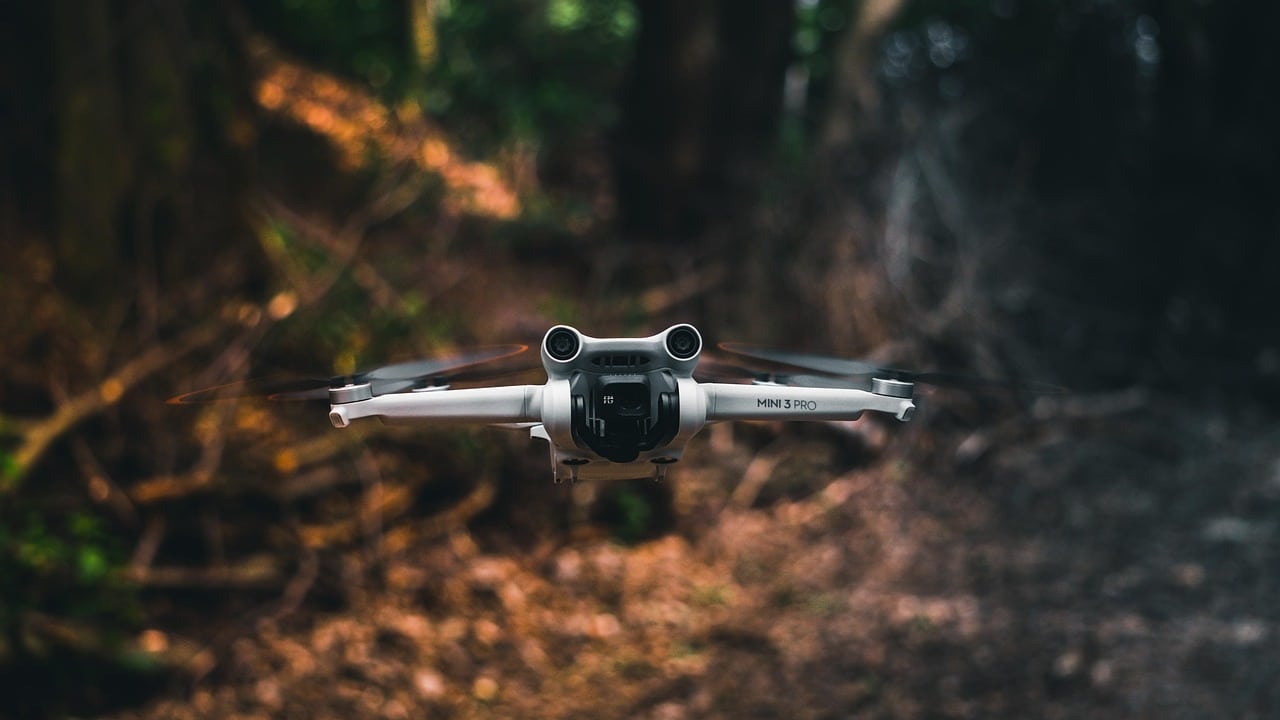Understanding the Importance of Setting Personal Pest Control Objectives
Setting personal pest control objectives is a critical step in managing pest-related issues effectively. By clearly defining your goals, you can tailor your pest control strategy to meet your specific needs, ensuring that your approach is both efficient and effective. Establishing objectives not only helps in identifying the types of pests you are dealing with but also allows you to determine the most suitable methods for their control.
Here are some key reasons why setting personal pest control objectives is essential:
- Focus on Specific Pests: By setting clear objectives, you can concentrate on particular pest species that are affecting your home or garden, enabling you to allocate resources more effectively.
- Measurable Outcomes: Objectives provide a framework for measuring the success of your pest control efforts. This allows you to assess whether your chosen methods are yielding the desired results.
- Resource Management: Defining your goals helps in managing your time, budget, and materials more effectively, ensuring that you do not overspend or waste resources.
- Long-term Prevention: Personal objectives can incorporate long-term strategies, allowing you to create a sustainable pest management plan that minimizes future infestations.
When you take the time to set personal pest control objectives, you are not only enhancing your ability to manage current pest issues but also laying the groundwork for a proactive approach to pest prevention. This strategic planning can lead to healthier living environments, reduced risks of pest-related damage, and improved overall satisfaction with your pest control efforts. By prioritizing your pest control objectives, you are taking an important step towards maintaining a pest-free space that aligns with your personal needs and lifestyle.
How to Identify Your Specific Pest Control Needs
Identifying your specific pest control needs is the first crucial step in effectively managing pest issues in your home or business. Understanding the type of pests you are dealing with can help tailor your pest control strategy to ensure optimal results. Start by conducting a thorough inspection of your property. Look for signs of infestation, which may include droppings, gnaw marks, or damaged plants. Additionally, pay attention to any unusual noises or sightings, as these can provide valuable clues about the type of pests present.
Consider the following factors when assessing your pest control needs:
- Type of Pest: Different pests require different treatment methods. Common pests include rodents, insects, and termites, each with unique behaviors and habitats.
- Extent of Infestation: Determine whether you have a minor issue that can be managed with DIY solutions or a more severe infestation that necessitates professional intervention.
- Location: Certain pests thrive in specific environments. For instance, moisture-loving pests like termites are more common in humid areas, while ants may invade kitchens and pantries.
- Health Risks: Assess the potential health risks associated with the pests in question. Rodents and certain insects can transmit diseases, making prompt action essential.
Once you have gathered this information, you can better understand your specific pest control needs. This process not only helps you choose the right treatment options but also aids in implementing preventive measures to avoid future infestations. For example, sealing entry points can deter rodents, while maintaining cleanliness can minimize the attraction of insects. By taking the time to identify your pest control needs accurately, you can save time and resources in the long run while ensuring a healthier living environment.
SMART Goals: A Framework for Effective Pest Control Objectives
Setting effective pest control objectives is crucial for achieving desired outcomes in managing pest populations. Utilizing the SMART framework—Specific, Measurable, Achievable, Relevant, and Time-bound—ensures that pest control goals are clear and attainable. This structured approach allows pest control professionals and property owners alike to implement targeted strategies that enhance the effectiveness of their pest management efforts.
Specific goals are essential in pest control, as they define the exact pest issues being addressed. For instance, rather than setting a vague goal such as “reduce pest populations,” a specific goal would be “eliminate cockroach infestations in the kitchen area.” By clearly identifying the target pest and location, pest control efforts can be more effectively focused and resources allocated accordingly.
Next, goals must be measurable to track progress and determine success. This can involve setting quantifiable metrics, such as “reduce the number of cockroach sightings to less than five per week.” By establishing measurable criteria, pest control professionals can monitor the effectiveness of their interventions and make necessary adjustments to strategies based on data-driven insights.
Setting achievable objectives is equally important. Goals should be realistic, taking into consideration the resources available and the specific challenges presented by the pest issue. For example, aiming to completely eradicate a pest species in a short timeframe may not be feasible. Instead, a more achievable goal might be “reduce the pest population by 50% within three months.” This encourages a practical approach that can lead to sustained pest management success.
Furthermore, ensuring that goals are relevant means aligning them with broader pest control strategies and the specific needs of the environment being managed. For instance, if a property is experiencing a seasonal pest surge, setting goals that address immediate concerns while considering long-term prevention measures can lead to more effective outcomes. Finally, establishing a time-bound framework helps to create urgency and accountability. Goals should have a clear deadline, such as “achieve the targeted pest reduction within six months,” which facilitates ongoing evaluation and strategy refinement. By following the SMART criteria, pest control objectives can be effectively defined and pursued, leading to improved management practices and successful outcomes.
Creating a Step-by-Step Plan for Achieving Your Pest Control Goals
When it comes to effective pest control, having a clear and structured plan is essential. A step-by-step approach allows you to systematically address pest issues while minimizing risks to your property and health. To create a successful pest control plan, follow these essential steps:
1. Identify Your Pest Problem
The first step in your pest control plan is to accurately identify the type of pest you are dealing with. Different pests require different treatment methods. Start by observing the signs of infestation, such as droppings, nests, or damage to plants and structures. You can also utilize online resources or consult with pest control professionals to confirm your findings.
2. Set Clear Goals
Establishing clear, measurable goals is crucial for tracking your progress. Ask yourself what you want to achieve with your pest control efforts. For instance, do you want to eliminate a specific pest, prevent future infestations, or educate your household about pest prevention? Write down your goals and make them as specific as possible, such as “Reduce ant population by 90% within two weeks.”
3. Choose Appropriate Control Methods
Once you have identified the pest and set your goals, it’s time to select the most effective control methods. Consider a combination of approaches for optimal results. Here are some options to include in your plan:
- Preventive Measures: Seal entry points, reduce clutter, and maintain cleanliness.
- Biological Control: Introduce natural predators or beneficial insects.
- Chemical Treatments: Use pesticides responsibly, following label instructions.
- Traps and Baits: Employ traps for rodents or baits for insects.
4. Monitor and Adjust Your Plan
Lastly, effective pest control requires ongoing monitoring and adjustments. Regularly inspect the affected areas and assess whether your strategies are working. If you notice that your goals are not being met, be prepared to modify your approach. Document your findings to understand what works and what doesn’t, ensuring continuous improvement in your pest control efforts.
Monitoring and Adjusting Your Pest Control Objectives for Success
Monitoring and adjusting your pest control objectives is crucial for achieving long-term success in maintaining a pest-free environment. Regular assessments help you identify any shifts in pest populations or changes in environmental conditions that may affect your control strategies. By staying vigilant and proactive, you can effectively mitigate pest-related issues before they escalate into significant problems.
Key Steps in Monitoring Your Pest Control Objectives:
- Regular Inspections: Schedule routine inspections of your property to identify potential pest entry points and breeding grounds.
- Data Collection: Keep detailed records of pest sightings, treatments applied, and environmental changes to track trends over time.
- Feedback Mechanisms: Encourage feedback from staff or residents regarding pest activity to ensure a comprehensive understanding of the situation.
Once you’ve established a monitoring routine, it’s essential to be flexible and willing to adjust your pest control objectives as needed. Environmental factors, seasonal changes, and pest behavior can all influence the effectiveness of your strategies. If certain methods are not yielding the desired results, it may be time to reconsider your approach. This could involve exploring alternative pest control solutions or enhancing existing practices based on the data you’ve gathered.
Strategies for Adjusting Your Pest Control Objectives:
- Evaluate Effectiveness: Analyze the success of your current pest control measures and make necessary modifications.
- Stay Informed: Keep up with the latest pest control technologies and techniques to incorporate innovative solutions into your strategy.
- Collaborate with Professionals: Consult with pest control experts to gain insights and recommendations tailored to your specific situation.
By consistently monitoring and adjusting your pest control objectives, you not only enhance your chances of success but also contribute to a healthier and more comfortable living or working environment.


